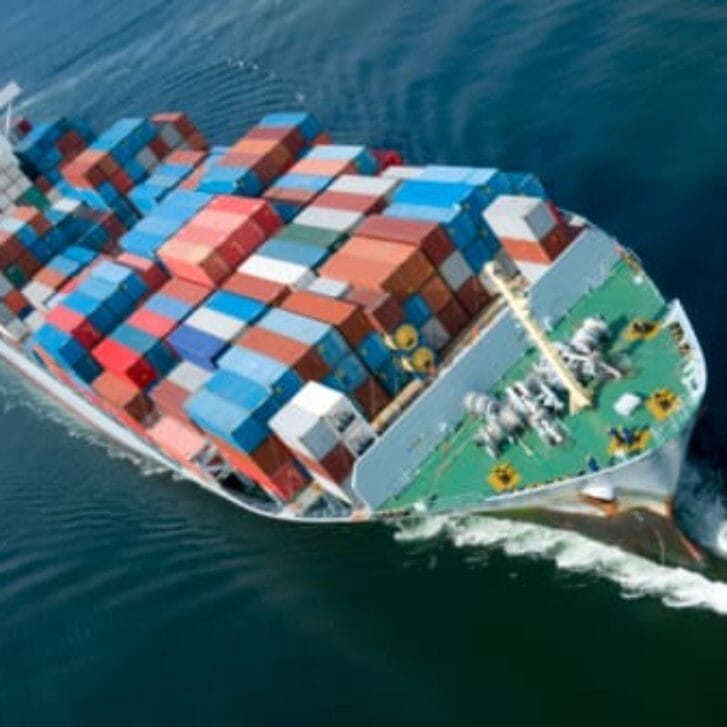In my previous post, I outlined the first two steps of the five-step framework that would enable U.S. exporters to maintain their competitive edge in the face of rising U.S. dollar, which makes all U.S. goods and services more expensive abroad. Those first steps were to recommit to exports and expand markets served.
Below, I describe the remaining three steps:
Offer open account terms and buyer financing.
Because of the intense competition for export markets, being able to offer attractive payment terms is often necessary to make a sale. In addition to commercial banks and insurance companies, SBA and USDA, which insure and finance international trade, all OECD member countries and many non-OECD countries have Export Credit Agencies (ECAs). They provide export guarantees, credit insurance or direct financing to eligible exporters and their clients. The Export Import Bank of the United States (U.S. EXIM) is an ECA and a primary tool for U.S. exporter financing. Yet, of the roughly $450 billion of financing supported by all ECAs annually, U.S. EXIM’s share is only in the 4 to 7 percent range, far below its true potential.
One of the key reasons is the lack of awareness of this tool by the U.S. companies. Another is reluctance and fear. U.S. sellers are often hesitant to extend credit and face the possibility of sales loss to their competitors. The extension of credit by exporters is a much more common practice outside the United States
Although approval of foreign export financing is more complex and bureaucratic than extension of open account terms domestically, tools such as export credit insurance to secure open account repayment, long-term buyer financing for capital goods and pre-export financing are vital in helping U.S. companies expand their exports and maintain their sales in the face of deteriorating macroeconomic conditions.
For their part, U.S. lawmakers must recognize the key role financing plays in facilitating exports. Rather than hamper export efforts and fight about reauthorization of the U.S. EXIM, they should facilitate funding for hiring and training additional personnel to assist in bank and support procedures, which would streamline underwriting and make the financing programs and turnaround process for approvals more competitive for U.S. exporters.
Reduce focus on price.
International markets, especially those we call emerging and frontier, are extremely price sensitive. Despite that fact, exporter countries with high labor costs, such as the U.S. and Germany, have consistently enjoyed strong degrees of success due to their real and perceived quality and value. As the dollar rises and price disadvantage increases, it is vital for U.S. exporters to refocus their customers on attributes other than price.
Normally cliché items such as improved customer service, higher quality, customer training and proprietary technology take a whole new meaning when working with overseas clients. It is impossible to provide good customer support without an in-depth understanding of the foreign partner and of the market being served. Lose the attitude prevalent in many U.S. companies of treating foreign buyers as second-class citizens. It is vital to maintain the positive quality image most have of the U.S. and “Made in America” and not stroke the negative attitudes many have of the U.S. and its foreign policy.
Offer longer warranties, ask local partners what your company can do to make its product more competitive, develop a personal relationship with partners and offer training to end users on the true advantages of your products against competition’s.
Use available tools more effectively.
Multiple resources are available to assist exporters in growing their businesses and are especially useful during challenging times.
- The U.S. federal government has the U.S. Commercial Service—one of the more effective organizations with a network of commercial specialists in seventy countries and throughout the U.S. that is able to connect buyers with sellers, provide country intelligence and background investigation of potential partners. Several states including Pennsylvania, South Dakota and North Carolina run similar programs on the state level and are a must for anyone seeking to expand exports.
- The U.S. Trade and Development Agency is a federal agency that finances feasibility studies for projects, which have significant export potentials for American companies and organizes reverse trade missions to showcase U.S. products to qualified foreign buyers.
- The Overseas Private Investment Corporation is another federal agency whose mission is to finance and protect U.S. investors in their international expansion. OPIC provides political risk, performance bond and breach of contract insurance to protect U.S. companies involved in infrastructure projects or where exports are part of the direct foreign investment.
- Various private companies, ranging from major insurers to small, specialized firms, provide export management and market entry services.
- Books like Doing Business Internationally and Kiss, Bow and Shake Hands provide additional guidance on how to effectively expand exports and navigate complex foreign markets.
My expectations are for the current U.S. economic expansion trend to continue for at least the next three years; thus, U.S. companies seeking to preserve and expand their competitive export positions during the upcoming period of unfavorable dollar exchange rates will require a fundamental commitment by their management, which should then transcend into organizational culture. That, along with smarter and more courageous financing strategies, an expanded international market footprint, better product focus and effective use of available resources, will provide a potent set of tools to address the challenge.
I would love to hear your company’s story on about coping with the rise of the U.S. dollar and its effect on the exports. Please share them below in the comments section.
Editor’s note: Read Part 1 of Alexander Gordin’s article, in which he details ways that companies can recommit to exports and expand their markets served.


























